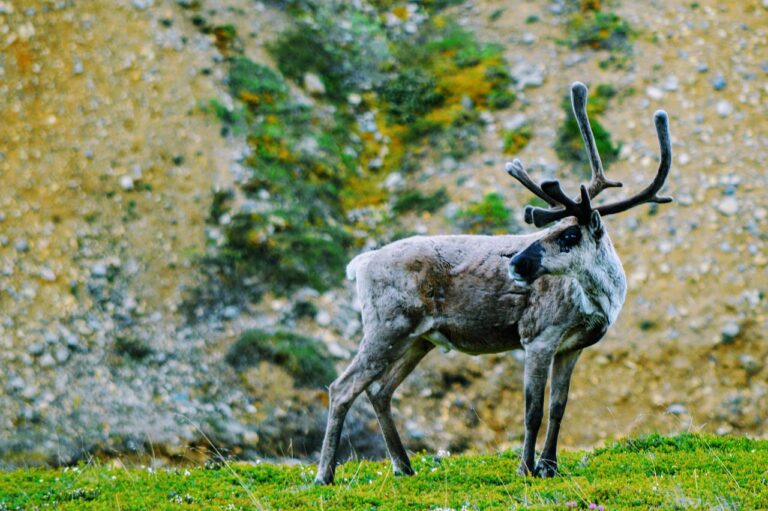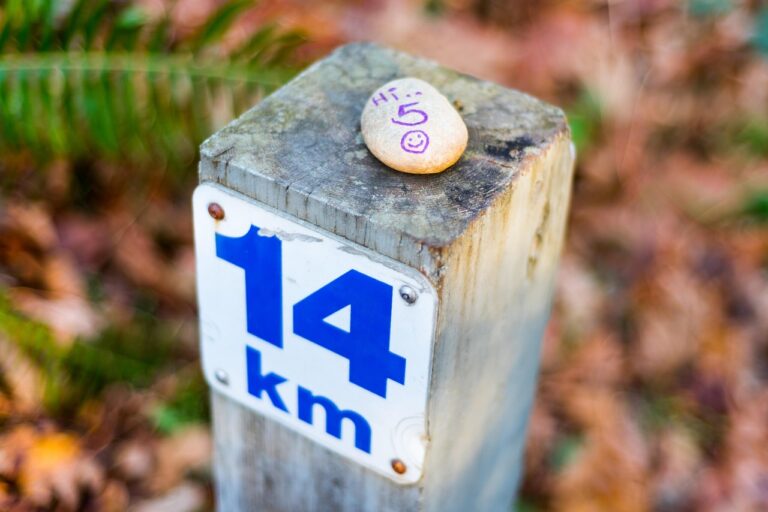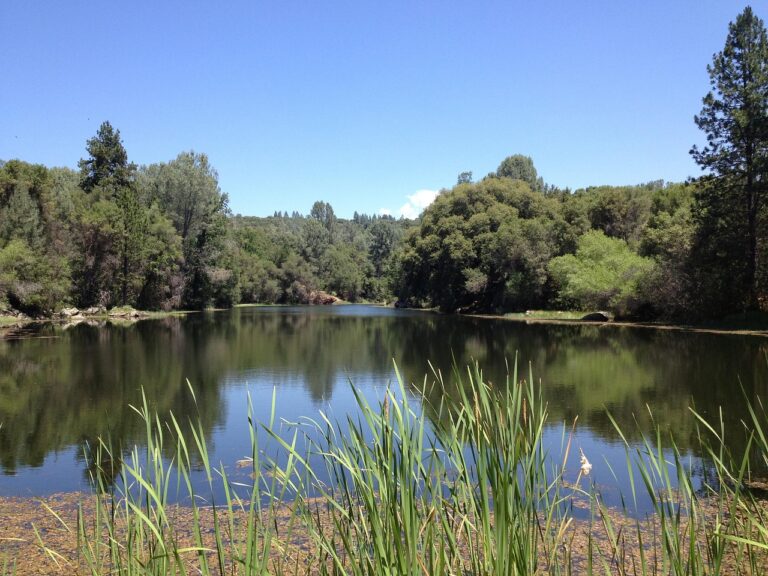What is the link between movement, brain, the human brain? Also, are there any organisms that don’t Need a brain to move?
2025-04-26T07:17:22Z
Link Between Movement, Brain, and the Human Brain Movement in humans and many animals is intricately tied to the brain, which serves as the central control system for coordinating and executing physical actions. Here’s a concise overview of the connection: Br…
Link Between Movement, Brain, and the Human Brain
Movement in humans and many animals is intricately tied to the brain, which serves as the central control system for coordinating and executing physical actions. Here’s a concise overview of the connection:
Brain’s Role in Movement: The human brain , particularly areas like the motor cortex , cerebellum , and basal ganglia , is responsible for planning, initiating, and fine-tuning movements.
, particularly areas like the , , and , is responsible for planning, initiating, and fine-tuning movements. The primary motor cortex sends signals via the spinal cord to muscles, directing voluntary movements.
sends signals via the spinal cord to muscles, directing voluntary movements. The cerebellum ensures smooth, coordinated movements and balance, while the basal ganglia help regulate movement patterns and prevent unwanted motions.
ensures smooth, coordinated movements and balance, while the help regulate movement patterns and prevent unwanted motions. Sensory feedback from the body (processed by the somatosensory cortex) informs the brain about the body’s position and environment, enabling adaptive movements. Neural Pathways: The corticospinal tract connects the brain to the spinal cord, transmitting motor commands.
connects the brain to the spinal cord, transmitting motor commands. Reflexive movements (e.g., pulling away from pain) can bypass higher brain centers, relying on spinal cord circuits, but the brain modulates these reflexes. Neuroplasticity and Movement: Movement strengthens neural connections through neuroplasticity . Learning new motor skills (e.g., playing an instrument) reshapes brain circuits, particularly in the motor cortex.
. Learning new motor skills (e.g., playing an instrument) reshapes brain circuits, particularly in the motor cortex. Regular physical activity enhances cognitive function, memory, and mood by increasing blood flow, neurogenesis, and neurotransmitter activity. Movement and Brain Health: Exercise promotes the release of brain-derived neurotrophic factor (BDNF) , which supports neuron growth and survival.
, which supports neuron growth and survival. Movement is linked to mental health, reducing symptoms of depression and anxiety by regulating serotonin and dopamine.
Organisms That Move Without a Brain
Some organisms can move without a centralized brain, relying on simpler nervous systems or decentralized mechanisms. Examples include:
Jellyfish: Lack a brain but have a nerve net , a diffuse network of neurons that coordinates swimming and feeding movements.
, a diffuse network of neurons that coordinates swimming and feeding movements. Movements like pulsing their bell-shaped bodies are controlled by this decentralized system. Sea Anemones and Corals: These cnidarians have nerve nets and can move slowly or contract without a brain, responding to environmental stimuli. Sponges: Lack a nervous system entirely but exhibit limited movement, such as contracting pores or larval swimming, driven by cellular mechanisms. Single-Celled Organisms: Amoebas move via pseudopodia (extensions of their cell body) without any nervous system, relying on chemical and mechanical cues.
move via pseudopodia (extensions of their cell body) without any nervous system, relying on chemical and mechanical cues. Paramecium uses cilia for movement, controlled by intracellular signaling, not a brain. Plants (Non-Animal Example): While not animals, plants like the Venus flytrap exhibit movement (closing traps) triggered by mechanical and chemical signals, without a nervous system.
Key Takeaway
In humans, the brain is critical for complex, voluntary movement, but many organisms demonstrate that movement is possible without a brain, using decentralized nerve nets, cellular mechanisms, or environmental triggers. These examples highlight the diversity of movement strategies in nature.
If you’d like specific studies, examples, or deeper details on any aspect, let me know!
Theorize: what happens to the brain of a human who doesn’t move anymore or who no longer needs to move anymore
When theorizing about what happens to the brain of a human who no longer moves or needs to move, several neurological and physiological factors come into play. Movement is intricately linked to brain function, and its absence could lead to significant changes. Below, I’ll explore the potential effects on the brain, considering both direct impacts on specific brain regions and broader consequences for cognitive and overall health.
Effects on Motor-Related Brain Areas
The brain relies on regions like the motor cortex, cerebellum, and basal ganglia to plan, execute, and coordinate movement. If a person stops moving entirely—whether due to paralysis, a sedentary lifestyle, or a futuristic scenario where technology eliminates the need for physical activity—these areas may undergo changes:
Atrophy or Reorganization : Without regular use, the motor cortex, which controls voluntary movements, might shrink or reorganize. Research on individuals with spinal cord injuries suggests that disuse of motor areas can lead to a reduction in their size or a shift in function, as the brain adapts to new circumstances.
: Without regular use, the motor cortex, which controls voluntary movements, might shrink or reorganize. Research on individuals with spinal cord injuries suggests that disuse of motor areas can lead to a reduction in their size or a shift in function, as the brain adapts to new circumstances. Neuroplasticity Limits: The brain is plastic, meaning it can adapt by repurposing unused areas. In children, this plasticity is robust, but in adults, it’s more limited. If movement ceases, motor areas might not fully transition to other functions, potentially leaving them underutilized.
Loss of Cognitive Benefits from Movement
Physical activity does more than just keep the body fit—it directly benefits the brain. A lack of movement could disrupt these advantages:
Cognitive Decline : Exercise boosts blood flow to the brain, releases neurotrophic factors (like BDNF), and even promotes new neuron growth, particularly in the hippocampus, which is vital for memory. Without movement, a person might experience declines in memory, attention, and overall cognitive function.
: Exercise boosts blood flow to the brain, releases neurotrophic factors (like BDNF), and even promotes new neuron growth, particularly in the hippocampus, which is vital for memory. Without movement, a person might experience declines in memory, attention, and overall cognitive function. Mood and Mental Health: Movement reduces symptoms of depression and anxiety by triggering endorphin release. Immobility could increase the risk of mood disorders, indirectly affecting brain health.
Reduced Sensory Input
Movement provides sensory feedback through touch, proprioception (awareness of body position), and spatial navigation. If this input stops:
Processing Challenges : The brain relies on sensory data to refine movements and understand the environment. A lack of movement could reduce this stimulation, impairing the brain’s ability to process information effectively.
: The brain relies on sensory data to refine movements and understand the environment. A lack of movement could reduce this stimulation, impairing the brain’s ability to process information effectively. Extreme Cases: In sensory deprivation scenarios, the brain can hallucinate or deteriorate cognitively. While complete immobility isn’t as severe, diminished sensory input might still subtly affect brain function.
Impact of Physical Health on the Brain
Movement maintains overall health, which in turn supports the brain:
Cardiovascular Health : Physical inactivity could weaken the heart and blood vessels, reducing cerebral blood flow and increasing the risk of cognitive decline or neurodegenerative diseases like Alzheimer’s.
: Physical inactivity could weaken the heart and blood vessels, reducing cerebral blood flow and increasing the risk of cognitive decline or neurodegenerative diseases like Alzheimer’s. Systemic Effects: Muscle atrophy, bone loss, and metabolic changes from immobility could compound into poor physical health, indirectly harming brain function.
Mitigating Factors
Could other activities offset the effects of no movement? Let’s consider:
Mental Activity : Engaging in cognitive tasks—like problem-solving, learning, or social interaction—can maintain brain health. Studies show that mental stimulation supports plasticity and may counteract some cognitive decline. However, it might not fully replace movement’s unique benefits, such as neurogenesis or mood regulation.
: Engaging in cognitive tasks—like problem-solving, learning, or social interaction—can maintain brain health. Studies show that mental stimulation supports plasticity and may counteract some cognitive decline. However, it might not fully replace movement’s unique benefits, such as neurogenesis or mood regulation. Sensory Stimulation : In a high-tech future, virtual reality or other tools could simulate sensory experiences, potentially keeping the brain engaged despite physical stillness.
: In a high-tech future, virtual reality or other tools could simulate sensory experiences, potentially keeping the brain engaged despite physical stillness. Real-World Examples: People with locked-in syndrome, who are almost entirely paralyzed, often retain cognitive function, suggesting that mental engagement and minimal sensory input (e.g., through vision or hearing) can sustain the brain. Similarly, meditation, involving stillness but active mental focus, can enhance brain areas like the prefrontal cortex.
Speculative Long-Term Scenarios
If humans no longer need to move—say, due to machines handling all physical tasks—the brain might adapt over time:
Short-Term Effects : Individuals could face the immediate declines described above: motor area atrophy, cognitive setbacks, and health-related brain impacts.
: Individuals could face the immediate declines described above: motor area atrophy, cognitive setbacks, and health-related brain impacts. Evolutionary Shift : Over generations, if movement becomes obsolete for survival, the brain might evolve to prioritize cognitive or social functions over motor skills, though this would take millennia and isn’t relevant to a single lifetime.
: Over generations, if movement becomes obsolete for survival, the brain might evolve to prioritize cognitive or social functions over motor skills, though this would take millennia and isn’t relevant to a single lifetime. Technological Compensation: Advanced technology could stimulate the brain directly, mimicking movement’s effects or enhancing cognition, potentially reducing the downsides of immobility.
Conclusion
In summary, if a human stops moving or no longer needs to move, their brain would likely face challenges. Motor areas could atrophy or reorganize due to disuse, cognitive benefits tied to physical activity might diminish, and reduced sensory input and physical health could further impair brain function. However, mental activity and alternative sensory stimulation could mitigate some of these effects, though physical movement appears to offer irreplaceable benefits for optimal brain health. The extent of these changes would depend on the individual’s circumstances, including how they compensate for the absence of movement.
Why do humans delight in movement
Humans delight in movement for a variety of interconnected reasons that span biological, psychological, social, and sensory dimensions. Here’s a comprehensive look at why movement brings us joy:
Biological Roots
Survival Instincts : Historically, movement was critical for survival—hunting food, gathering resources, or escaping danger. Our ancestors who found pleasure in physical activity were more likely to succeed and pass on this trait. Even now, our bodies are designed to reward movement with positive sensations.
: Historically, movement was critical for survival—hunting food, gathering resources, or escaping danger. Our ancestors who found pleasure in physical activity were more likely to succeed and pass on this trait. Even now, our bodies are designed to reward movement with positive sensations. Chemical Rewards: When we move, our brains release endorphins, dopamine, and serotonin—neurochemicals tied to pleasure, motivation, and well-being. Whether it’s a leisurely stroll or a vigorous run, these “feel-good” chemicals make movement inherently enjoyable.
Psychological Fulfillment
Curiosity and Exploration : Humans are naturally curious, and movement lets us explore our surroundings, discover new places, and interact with the world. This sense of adventure satisfies a deep-seated need for discovery.
: Humans are naturally curious, and movement lets us explore our surroundings, discover new places, and interact with the world. This sense of adventure satisfies a deep-seated need for discovery. Sense of Mastery : Learning and refining physical skills—like dancing, biking, or playing a sport—offers a rewarding sense of achievement. The journey from novice to expert taps into our drive for growth and self-improvement.
: Learning and refining physical skills—like dancing, biking, or playing a sport—offers a rewarding sense of achievement. The journey from novice to expert taps into our drive for growth and self-improvement. Mental Well-Being: Activities like running or swimming can reduce stress and clear the mind, often creating a meditative state. This mental reset is a key reason movement feels so delightful.
Social and Cultural Connections
Play and Community : Movement often happens with others, through sports, dance, or group activities. These shared experiences build bonds, foster cooperation, and fulfill our need for connection.
: Movement often happens with others, through sports, dance, or group activities. These shared experiences build bonds, foster cooperation, and fulfill our need for connection. Cultural Significance: Many societies celebrate movement through traditions like dance or martial arts, which double as self-expression and links to heritage. Engaging in these activities ties us to our communities and identities.
Sensory and Aesthetic Joy
Rhythm and Flow : Activities like dancing or skating blend movement with rhythm, creating a pleasing harmony that uplifts us emotionally. The coordination of body and music, for instance, can feel almost magical.
: Activities like dancing or skating blend movement with rhythm, creating a pleasing harmony that uplifts us emotionally. The coordination of body and music, for instance, can feel almost magical. Nature’s Influence: Moving outdoors—hiking through forests or swimming in the sea—connects us to nature, boosting mood and adding an extra layer of enjoyment to the experience.
Self-Expression and Empowerment
Personal Identity : Movement lets us express who we are, whether through the creativity of dance or the confidence of a strong stride. It’s a way to showcase personality and emotions.
: Movement lets us express who we are, whether through the creativity of dance or the confidence of a strong stride. It’s a way to showcase personality and emotions. Physical Confidence: For many, movement builds a sense of strength and control over their bodies, which can be empowering and deeply satisfying.
In short, humans delight in movement because it’s woven into our biology, rewards us chemically, satisfies our minds, connects us to others, and lets us express ourselves. From a child’s carefree run to a performer’s graceful dance, movement is a core part of what makes us human—and why we find such joy in it.
Auto-posted from news source




